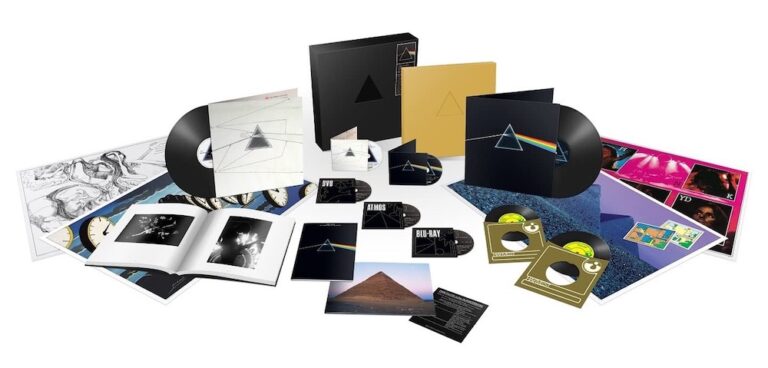The Dark Side of the Moon did for Pink Floyd what Fleetwood Mac’s eponymous 1975 album did for that band: transformed it from a long-time cult favorite into a gigantic worldwide phenomenon. And unlike the Mac, Pink Floyd didn’t have to make any personnel changes to grow its audience.
What the group did do with this eighth studio album in 1973 is make its music more inviting to the masses. While some (including this writer) loved Pink Floyd’s previous work, the relatively small audience for its earlier LPs suggests that not everyone did. Certain listeners were perhaps put off by tracks like Ummagumma’s “Careful with That Axe, Eugene,” a nine-minute rock “Bolero” that climaxes with blood-curdling screams, or Atom Heart Mother’s “Alan’s Psychedelic Breakfast,” a 13-minute number that opens with the protagonist mumbling about what he likes to eat in the morning. Another audience-shrinker may have been the group’s frequently abstruse lyrics, such as those on Piper at the Gates of Dawn’s “Astronomy Domine,” which begins: “Lime and limpid green, a second scene / A fight between the blue you once knew / Floating down, the sound resounds / Around the icy waters underground.”
The brilliantly produced Dark Side of the Moon doesn’t exactly represent an about-face from such earlier work, but changes are noticeable throughout. The album retains psychedelic influences, a flair for experimentation, and a penchant for sound effects, and even delivers a few howls, but its 10 songs are frequently lilting and always tightly constructed: six of them clock in at less than four minutes each, and there are no extended instrumentals of the sort found on the earlier LPs.
It doesn’t hurt that Pink Floyd lined up a more than capable support team, including sound engineers Alan Parsons and Chris Thomas, saxophonist Dick Parry, and backup singers like Doris Troy (best known for “Just One Look”) and Clare Torry, whose unforgettable wails enliven “The Great Gig in the Sky.” As for Roger Waters’s cynical lyrics, which address subjects like money, societal constraints, insanity, and mortality, they proved a perfect fit for their time. And half a century later, they still resonate.
In short, the band on The Dark Side of the Moon manages to find a sweet spot between adventurous and accessible. The result: one of the four or five most commercially successful albums in the history of rock. Only a few earthlings have seen the actual dark side of the moon but somewhere around 50 million of us have experienced this Pink Floyd album. It even handed the group its first American hit single, “Money,” not to mention a whole lot of actual money.
Not surprisingly, given the album’s success, it has been remastered, repackaged, remixed, boxed, and re-boxed many times over the past half-century. In 2011, for example, the band issued an “Immersion” edition that includes three CDs, two DVDs, a Blu-ray, and three books. Now comes the inevitable 50th-anniversary edition, which includes new remasters of the album on both CD and vinyl and a remaster of an excellent 1974 performance of The Dark Side of the Moon at London’s Wembley Stadium, a concert that also appeared in the 2011 set. Also featured are a couple of seven-inch vinyl singles and, on two Blu-rays and a DVD, surround-sound, hi-res stereo, and Dolby Atmos versions of the original album.
Assuming you have the proper playback equipment, you may well consider the DTS-HD surround-sound recording to be the most exciting feature in the box. The Dark Side of the Moon was an ideal candidate for 5.1 treatment and the mix here takes full advantage of its potential, with instruments, voices, and sonic effects coming at you from every corner of the room. If this surround-sound mix had been available in 1973, the album probably would have sold even better than it did.
Though this 50th-anniversary edition delivers all that anyone but fanatical completists really needs regarding Dark Side, it should be noted that a few elements from the 2011 box are missing, such as an original quad mix, an early Alan Parsons mix, some demos and tour videos, and a few trivial keepsakes. The new package includes its own pile of extras, however, among them a 160-page hardcover book of photos and a paperback that contains the sheet music for all the tracks.
Divine Doo-wop
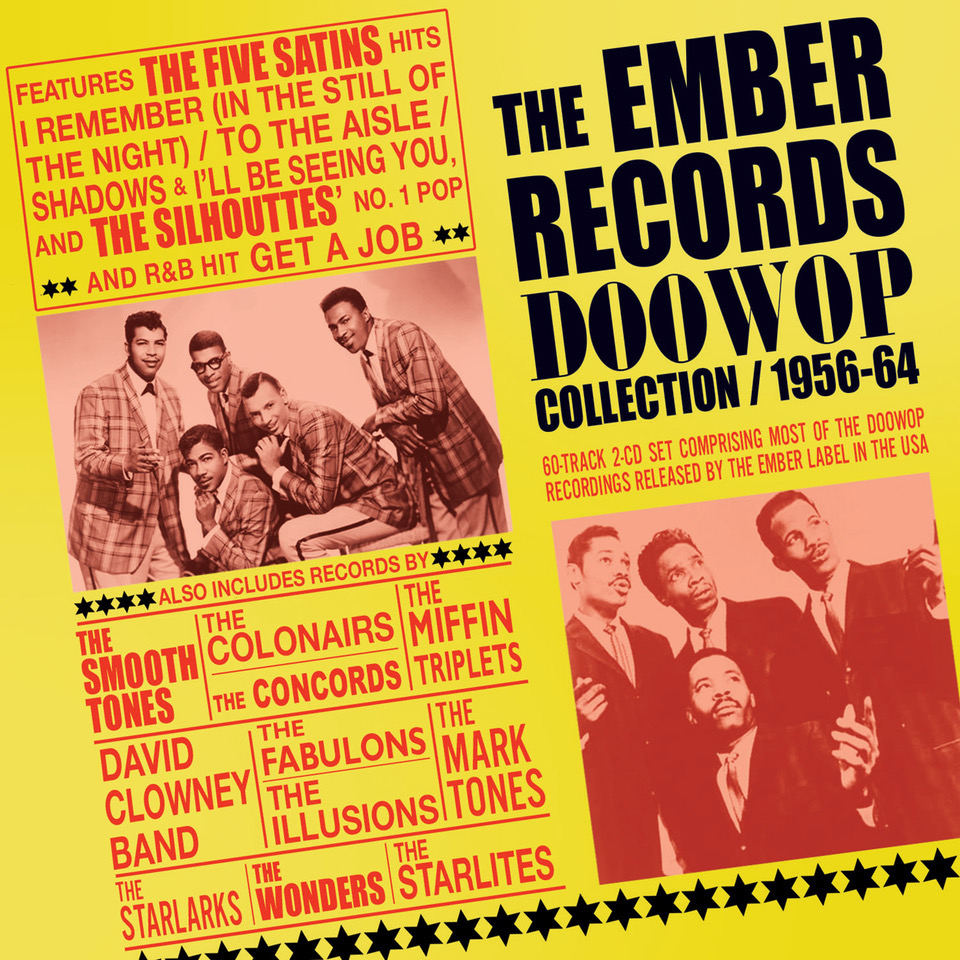
The Ember Records Doowop Collection/1956–64, a two-CD anthology, collects recordings from a small, independent, New York–based label. It will transport you back to a time when vocal groups sang on street corners and dreamed of stardom in the burgeoning rock business.
Some succeeded, among them the Ember label’s Five Satins, whose classic hits included “In the Still of the Nite” and “To the Aisle,” and the Silhouettes’ “Get a Job,” which topped the pop charts. All those songs are here along with 25 lesser-known numbers by those two groups and nearly three dozen rarely if ever anthologized but mostly noteworthy recordings by obscure outfits like the Fabulons, Roger and the Travelers, the Wonders, and Kenny and the Starlites. One notable Ember label omission, though, is “Walkin’ with Mr. Lee,” the Lee Allen instrumental that featured frequently on Dick Clark’s American Bandstand.
Blind Blake’s Innovations
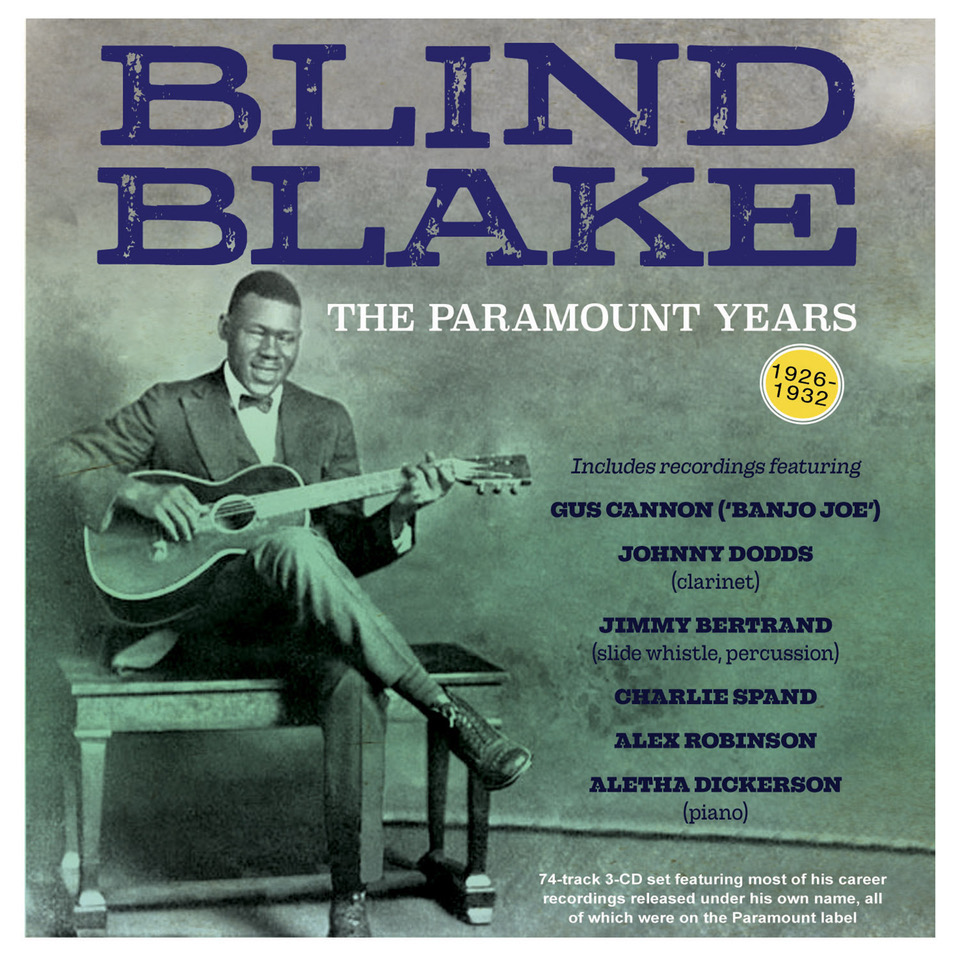
Much remains unknown about Blind Blake (nee Arthur Blake), such as where or exactly when he was born, what he did at some points in his life, and whether he was responsible for certain songs. What is certain is that his innovative ragtime-influenced Piedmont blues guitar work had a major impact on artists ranging from Josh White and Blind Willie McTell to John Fahey and Ry Cooder. Another fan is Bob Dylan, who covered Blake’s “You Gonna Quit Me” on 1992’s Good as I Been to You, which derives its title from the song.
The Paramount Years 1926–1932, a three-CD, 74-track set, delivers that number and nearly everything else Blake issued under his own name before he stopped recording in 1932. (He died from tuberculosis at about age 37 two years later – not long after the same disease killed 35-year-old Jimmie Rodgers.) Don’t expect pristine audio from these recordings but considering that they are nearly a hundred years old, the sound quality of most of them is quite good.
Briefly Noted
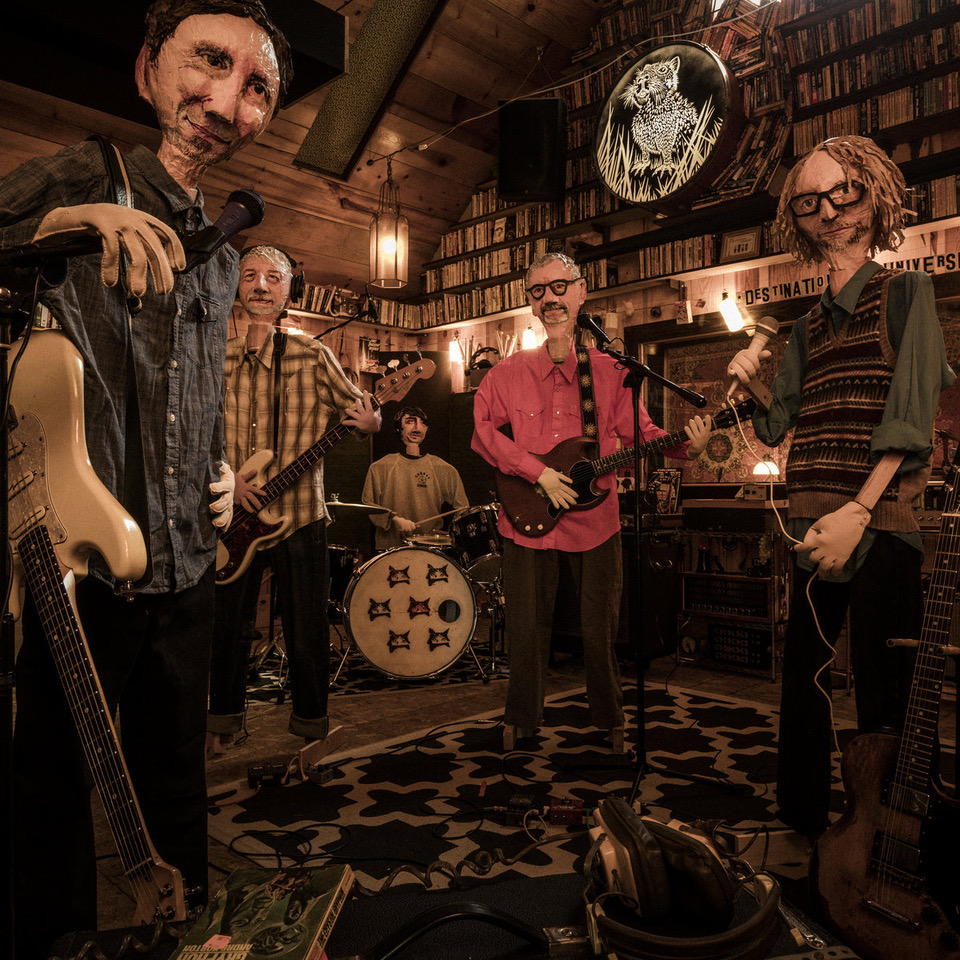
Eyelids, A Colossal Waste of Light. The fourth full-length album from Portland, Oregon–based Eyelids finds the quintet sharing production duties with R.E.M.’s Peter Buck, who also plays on a couple of tracks. His involvement makes sense, given the group’s jingle-jangle layered guitars, which recall Buck’s group. An even better reference point for this rhythmic, frequently psychedelia-flavored music, though, might be such Byrds numbers as “5D” and “Eight Miles High.”
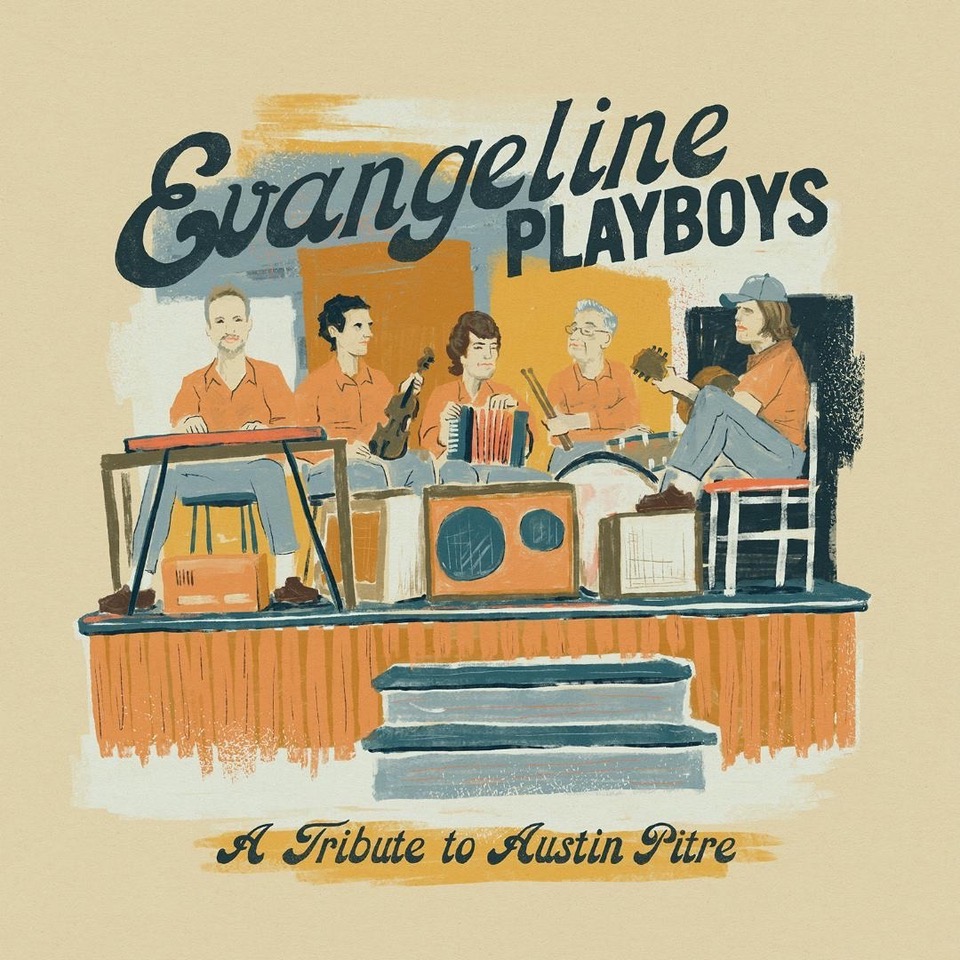
Evangeline Playboys, A Tribute to Austin Pitre. Band leader and accordionist Austin Pitre, who died in 1981, played a major role in the development of Cajun music. This rousing album, which preserves a series of Louisiana jam sessions from 1999, features original members of his band, Evangeline Playboys, including Ardoin on fiddle, Eston Bellow on drums, Junior Martin on steel guitar, and Mike Tate on accordion. Bobby Michot, who recorded the performances, adds vocals and guitar on such dancehall hits as “Opelousas Waltz.” If your heart’s in the French Quarter but your body’s somewhere else, cook up some gumbo, turn on this music, close your eyes, and dream.
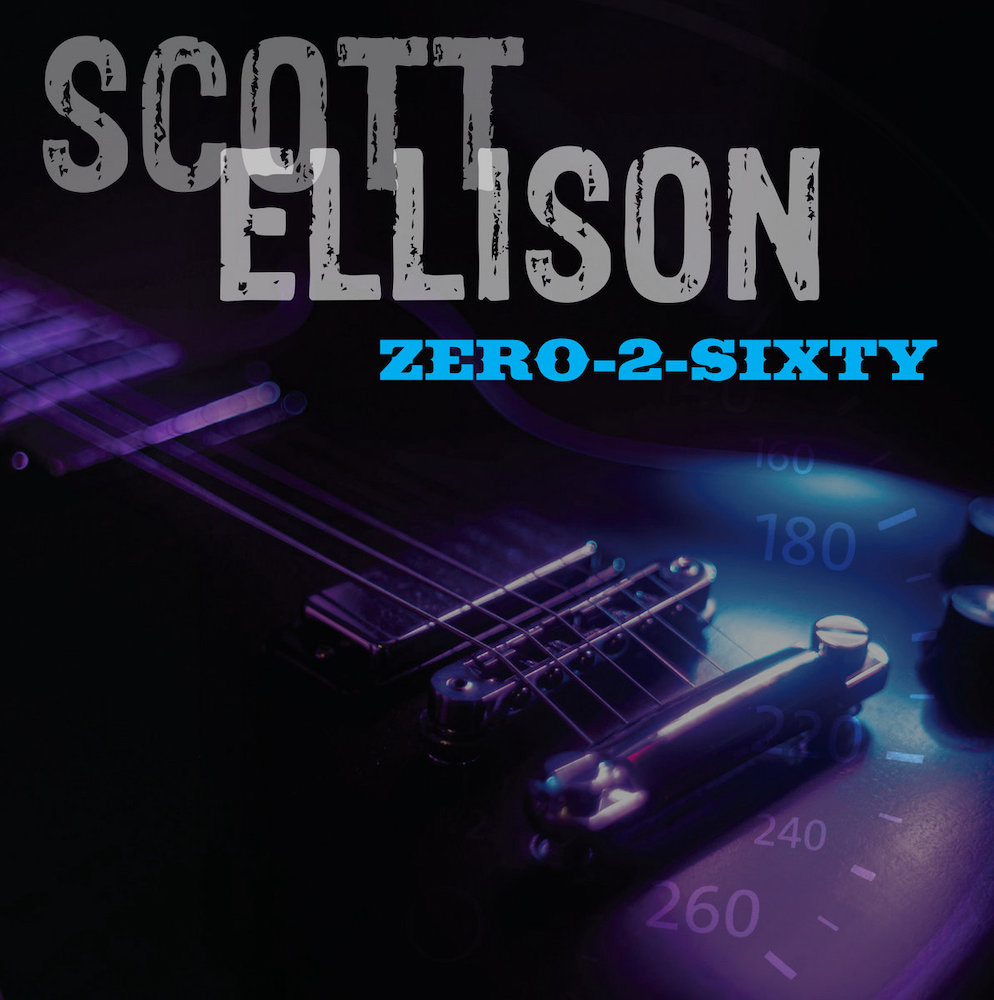
Scott Ellison, Zero-2-Sixty. Oklahoma-based guitarist and vocalist Scott Ellison puts the pedal to the floor on Zero-2-Sixty and cranks out a scorching set of blues-based rockers that feature him on lead, rhythm, and electric slide guitar, with backing from bass and keyboard players and percussionists. The material, nearly all of which Ellison co-wrote, is lyrically a bit cliched, as such titles as “Hard Headed Women” and “Ache in My Heart” might suggest. But Ellison’s gritty, soulful vocals hit their mark, and his guitar pyrotechnics will likely keep you engaged.
Jeff Burger’s website, byjeffburger.com, contains five decades’ worth of music reviews, interviews, and commentary. His books include Dylan on Dylan: Interviews and Encounters, Lennon on Lennon: Conversations with John Lennon, Leonard Cohen on Leonard Cohen: Interviews and Encounters, and Springsteen on Springsteen: Interviews, Speeches, and Encounters.


